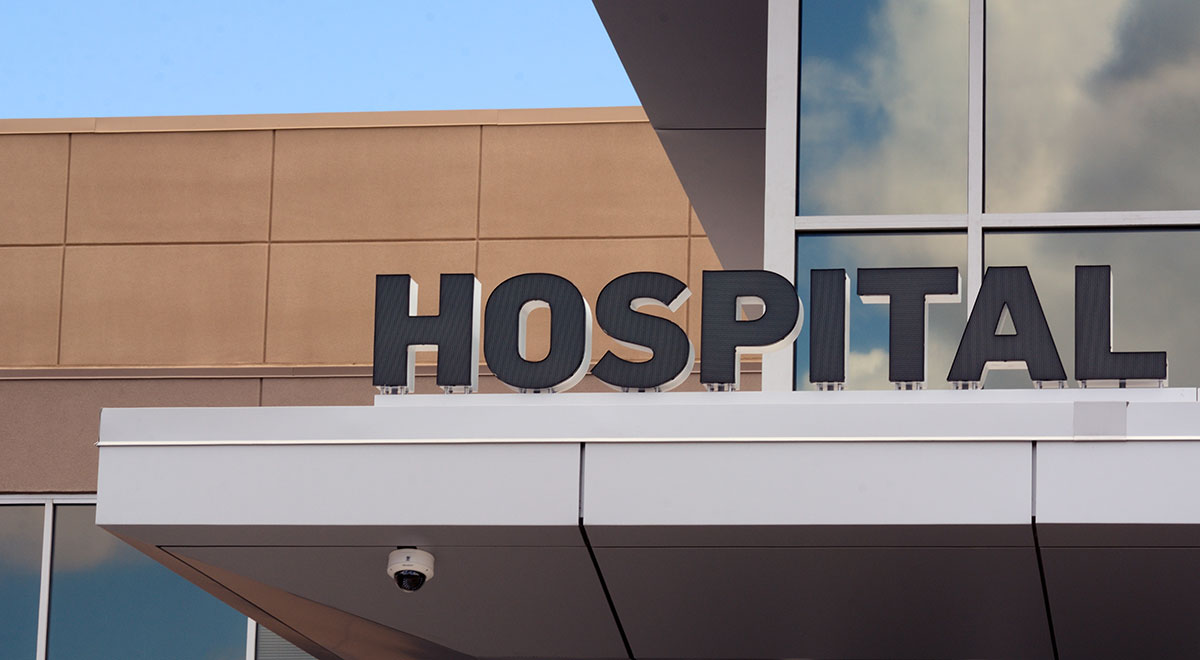As a healthcare leader working in rural and underserved communities, I’ve seen firsthand the challenges that come with trying to deliver high-quality care with limited resources. One of the most powerful tools I’ve embraced to bridge those gaps is data analytics. While it may sound like a buzzword or something only big hospital systems use, data analytics has the potential to transform how we approach healthcare, especially in smaller communities.
By harnessing the right data in the right way, we can better understand the health needs of our populations, allocate resources more effectively, and make decisions that lead to real improvements in patient outcomes. For me, data isn’t just numbers on a screen—it’s a story, a roadmap, and a vital tool for creating a healthier future.
Why Data Matters in Healthcare
Every patient visit, every lab result, every prescription filled—these are all pieces of data that tell us something about individual health and, when combined, about the health of an entire community. When we aggregate this information, we begin to see patterns: which conditions are most common, where health disparities exist, and what interventions are most effective.
This is particularly valuable in rural areas, where providers may have a smaller patient base and fewer staff but still need to make big decisions about services and care models. Data helps us move beyond assumptions and anecdotes and toward evidence-based strategies that work.
For example, if we notice through data tracking that a certain zip code has higher-than-average rates of diabetes or asthma, we can dig deeper to understand why. Is it a lack of access to nutritious food? Poor air quality? Limited access to primary care? From there, we can design targeted interventions—whether it’s a community health initiative, mobile clinic visits, or telehealth services—that address those specific needs.
Using Data to Predict and Prevent
One of the most exciting aspects of data analytics is its predictive potential. Instead of reacting to health crises after they happen, we can use data to anticipate them—and intervene early.
In our clinics, we use data dashboards to identify patients who may be at risk of hospital readmission, uncontrolled chronic conditions, or missed screenings. This allows our care teams to proactively reach out, follow up, and offer support before issues escalate. It’s a shift from reactive to preventive care, and it’s making a measurable difference.
We’ve also been able to use data to monitor medication adherence, track vaccination rates, and measure the effectiveness of our outreach programs. These insights help us refine our efforts and focus our energy where it will have the greatest impact.
Data and Health Equity
Data analytics also plays a crucial role in promoting health equity. It can help uncover disparities that might otherwise go unnoticed—whether those are based on geography, income, race, or other social determinants of health. Once we can see these disparities clearly, we can start to address them with targeted programs and policies.
In many of the communities we serve, access to care is limited by transportation, language barriers, or lack of insurance. By analyzing who is accessing our services—and who isn’t—we can adjust our approach. For example, if we find that a particular group is underrepresented in preventive care visits, we can explore why and adapt our outreach to be more inclusive and accessible.
The Importance of Real-Time Information
In a fast-paced healthcare environment, timing is everything. Having access to real-time or near-real-time data means we can respond quickly to emerging trends or issues. During flu season, for instance, real-time data allows us to see which clinics are experiencing a surge in cases and shift resources accordingly.
During the COVID-19 pandemic, data was critical for tracking infection rates, managing vaccine distribution, and monitoring hospital capacity. The ability to make informed decisions in real-time saved lives—and taught us valuable lessons about the importance of data-driven responses.
Challenges and Opportunities
Of course, using data effectively isn’t without challenges. Rural clinics may lack the technology infrastructure or trained personnel needed to manage and interpret large amounts of data. Privacy and security are also major concerns—we have to ensure that patient information is protected and used ethically.
That said, I believe the benefits far outweigh the challenges. At QUICKmed, we’ve invested in electronic health records and data platforms that help us track key metrics and share information securely across locations. We’ve also trained our staff in data literacy, so they feel confident using data in their daily work.
Looking ahead, I see even more opportunities. Integration of social determinants of health into our data systems will help us understand the full picture of our patients’ lives and provide more holistic care. Advances in artificial intelligence and machine learning will enhance our ability to predict outcomes and personalize treatment plans.
A Culture of Continuous Improvement
Ultimately, harnessing data analytics is about creating a culture of continuous improvement. It’s about asking the right questions, measuring what matters, and using that information to do better—every day. It’s not about perfection, but progress.
For those of us working in rural healthcare, data gives us a voice. It allows us to advocate for resources, demonstrate impact, and design solutions that reflect the real needs of our communities.
As healthcare leaders, we have a responsibility to use every tool at our disposal to improve lives. For me, data analytics has become an indispensable part of that mission—helping us not only to see where we are, but to envision and build a healthier, more equitable future.


